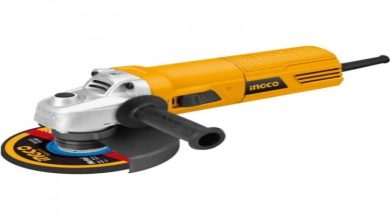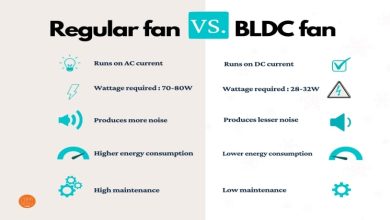COMPUTERS AND SYSTEMS

INTRODUCTION
It is nearly impossible today to escape the immediate reach of computers and computer-based systems. There is probably a cell phone in your pocket or on your desk and, perhaps, an iPod as well. For many of you, your laptop or desktop computer is sitting nearby as you read this paragraph. And that’s not all. Your car probably has several embedded computers controlling various functions. Even your microwave oven and the machine that launders your clothes depend on computers to function properly. As you are probably aware, most of these machines can talk to each other, using the Internet or some other networking technology.
THE STARTING POINT
Before we begin our detailed study of the architecture of computer systems, let us briefly review some of the fundamental principles and requirements that guide computer system design and operation. In a simple scenario, you use your laptop or desktop personal computer to word process a document. You probably use a mouse to move around the document and to control the features of the word processor software application, and you use the keyboard to enter and modify the document text data.
COMPONENTS OF THE COMPUTER SYSTEM
As noted in the previous section, there are three components required for the implementation of a computerized input-process-output model:
1. The computer hardware, which provides the physical mechanisms to input and output data, to manipulate and process data, and to electronically control the various input, output, and storage components.
2. The software, both application and system, which provides instructions that tell the hardware exactly what tasks are to be performed and in what order.
The Software Component
In addition to the hardware requirement, your computer system also requires software. Software consists of the programs that tell the computer what to do. To do useful work, your system must execute instructions from some program. There are two major categories of software: system software and application software. System software helps you to manage your files, to load and execute programs, and to accept your commands from the mouse and keyboard.
Conclusion
This chapter has presented a brief review of the basics of computing. We began by recalling the input-process-output model for computing. Next we demonstrated the connection between that model and the components of the computer system. We noted that implementation of the model requires four components: hardware, software, communication, and data. The architecture of the computer system is made up of the hardware and system software





